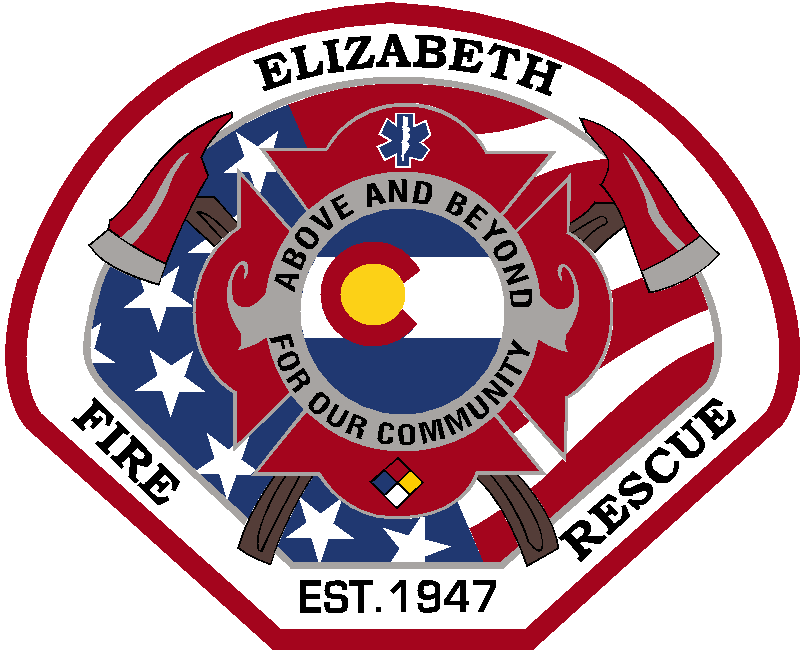2024 Safety Messages
Think Twice Before Walking On Ice!
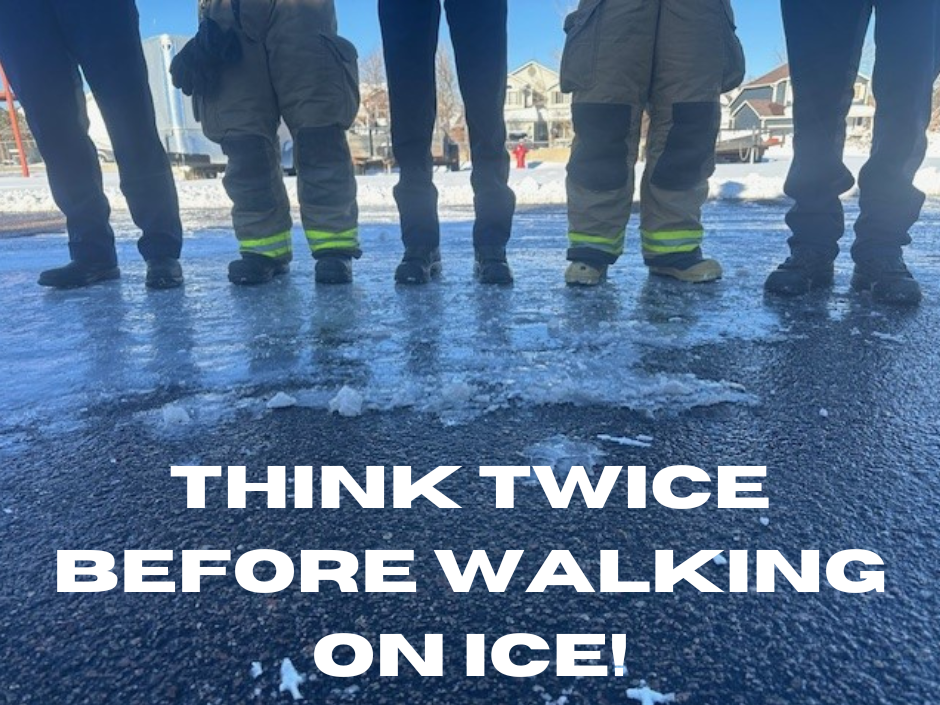
Think Twice Before Walking on Ice!
Winter is here, and, with it, some hazardous weather conditions! Below are some tips on how to walk safely on snow and ice:
- Wear footwear that is made to walk on snow and ice.
- Take short steps or shuffle for stability.
- Walk flat-footed with your center of gravity directly over your feet as much as possible.
- Keep your hands free and out of your pockets. Wear gloves.
- Use designated walkways.
- Snow can act like a blanket and cover ice so that it is difficult to see. Watch for ice patches under snow and black ice on streets.
Heating Safely in Cold Weather
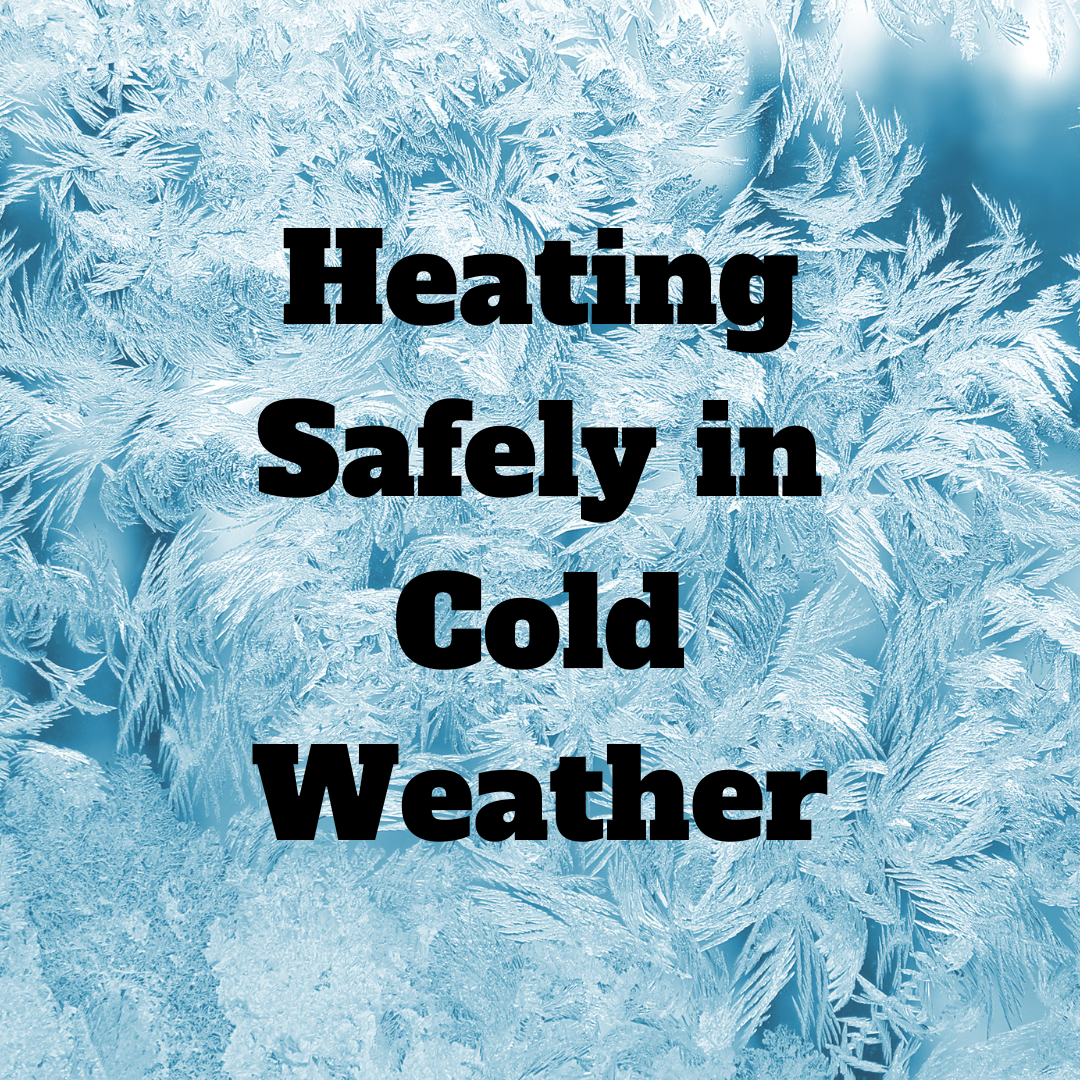
Elizabeth Fire Rescue is no stranger to clamp on heat lamp fires. With cold temperatures coming in this weekend, help keep animals and people safe with proper heating devices. Below are some tips on using heat lamps safely:
- Clean up cobwebs and dust before using.
- Keep wires out of reach of children and small animals, and make sure they aren't a tripping hazard.
- Double secure the lamp.
- Use heat lamp cages.
- Check lamps for frayed wires before using.
- Avoid the use of extension cords.
- Make sure your heat lamp is UL rated.
- Keep the heat lamp 3 feet away from anything that might catch on fire or burn easily.
Remember: always better safe than sorry!
Be In The Know When It Comes To Shoveling Snow!
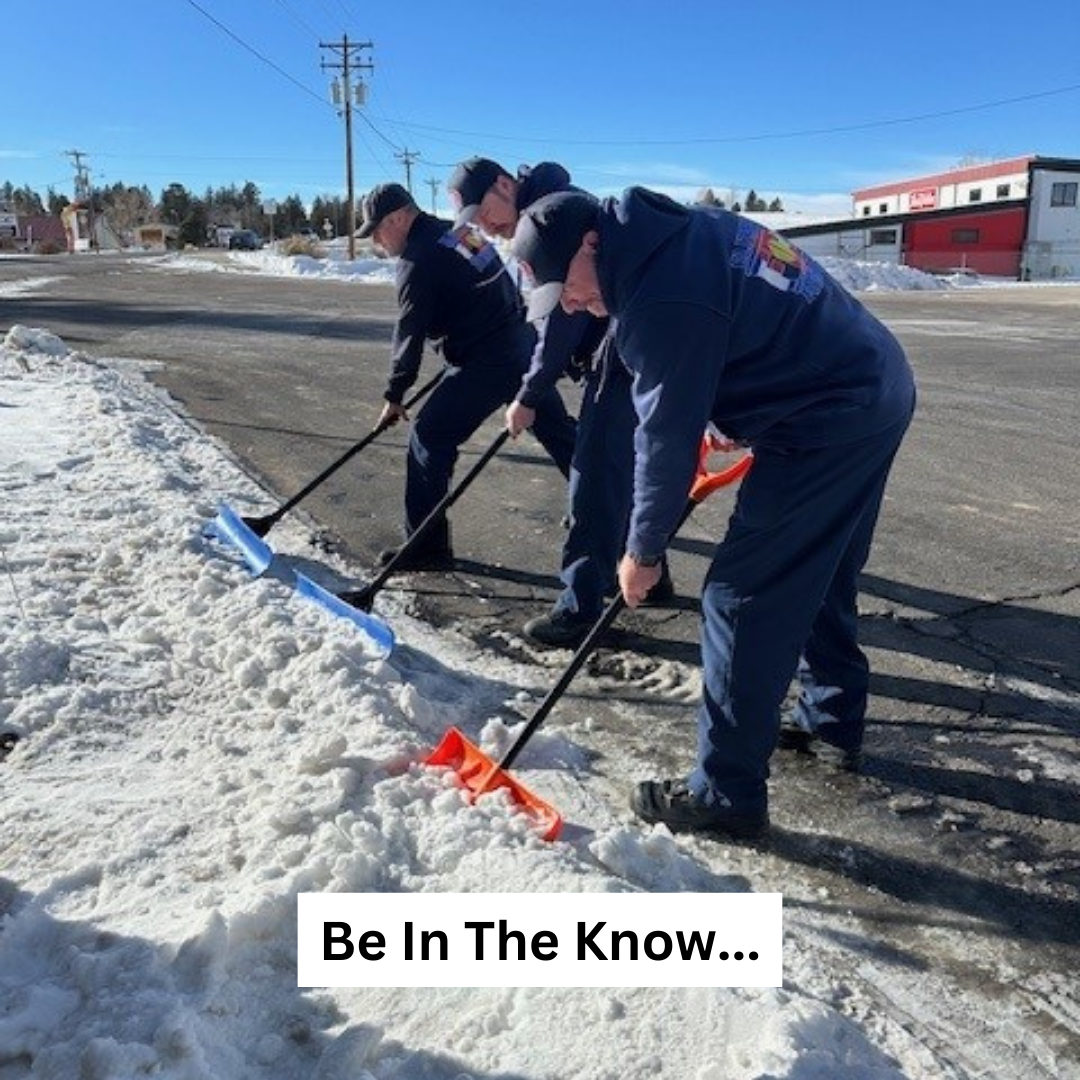
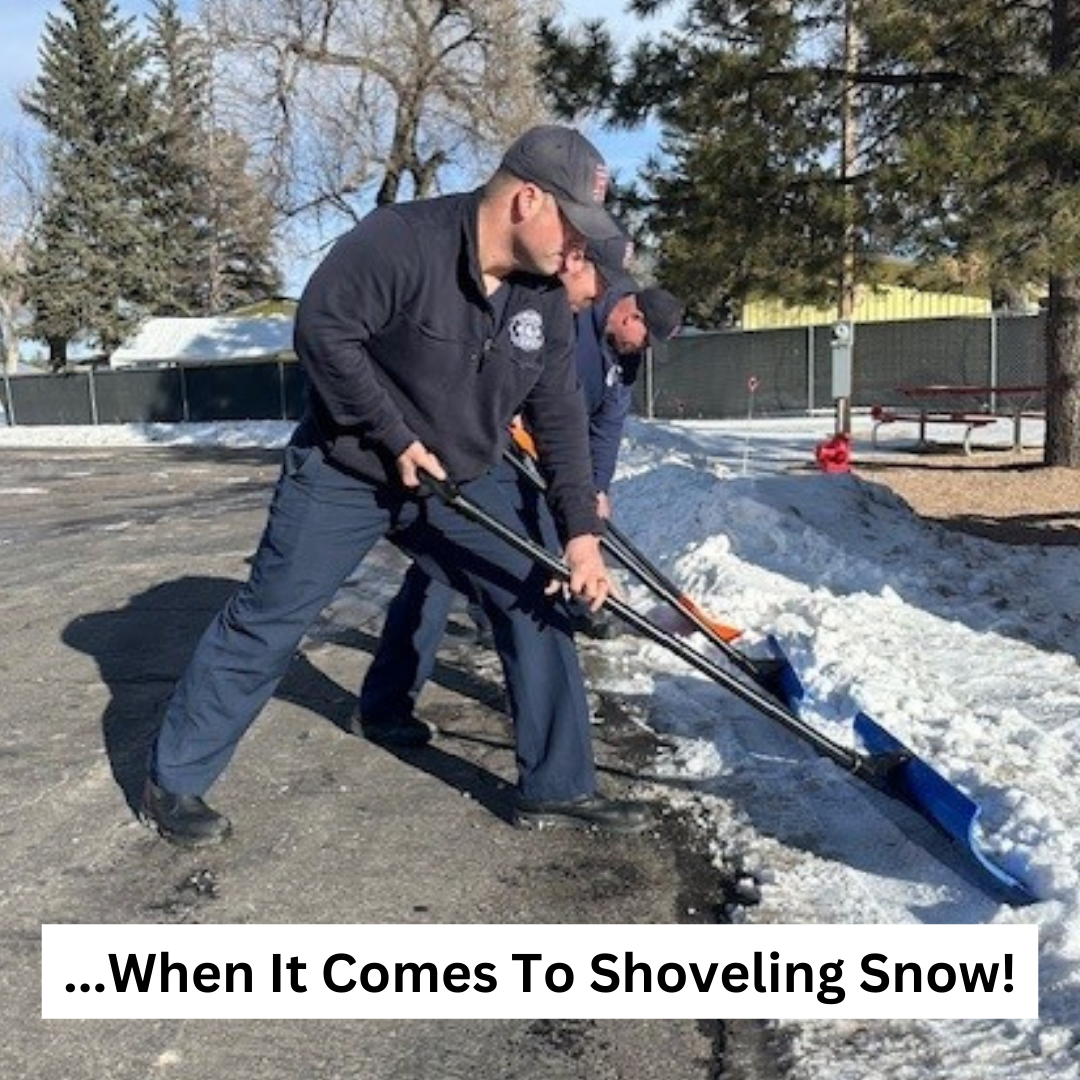
A Healthy Heart: Nothing BEATS It!
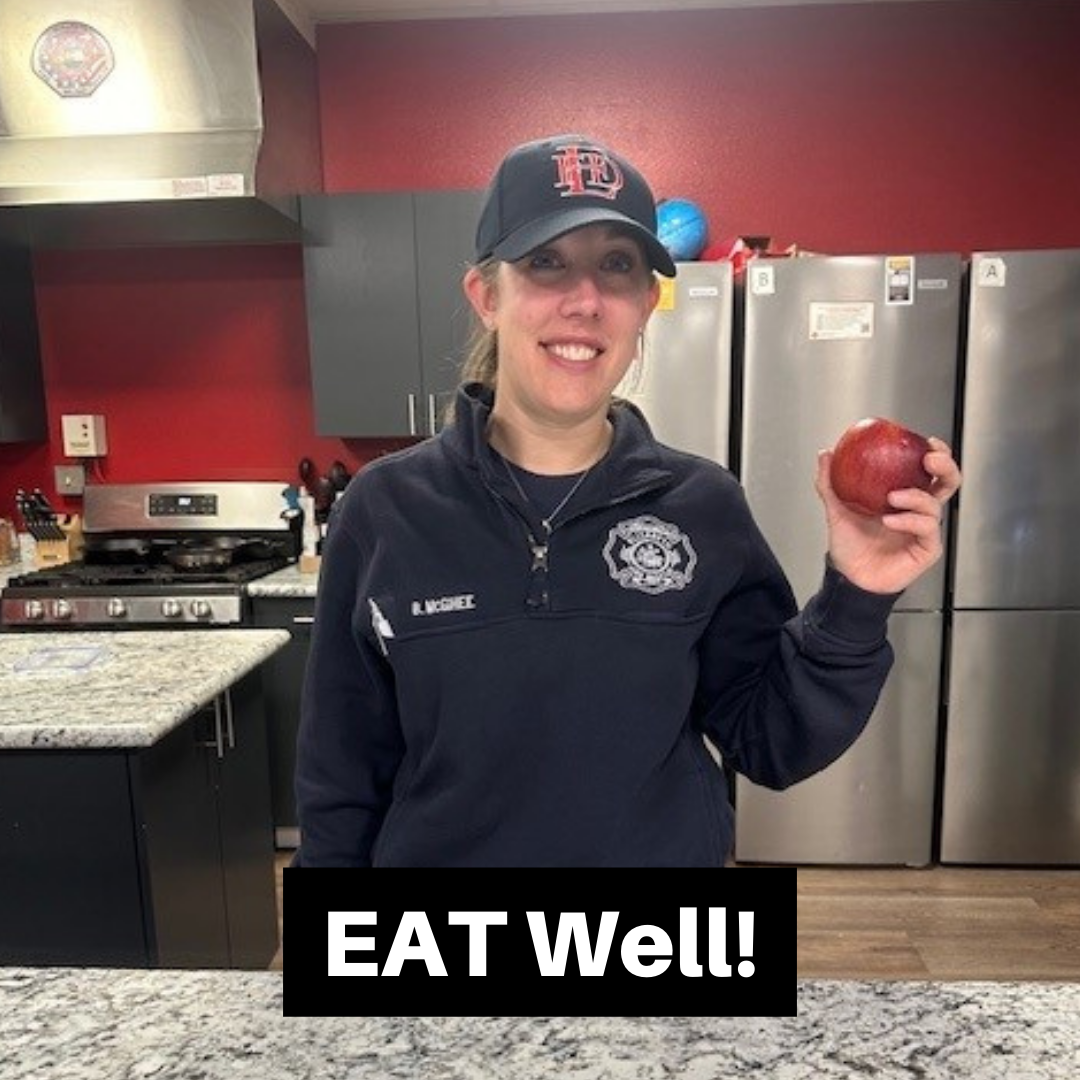

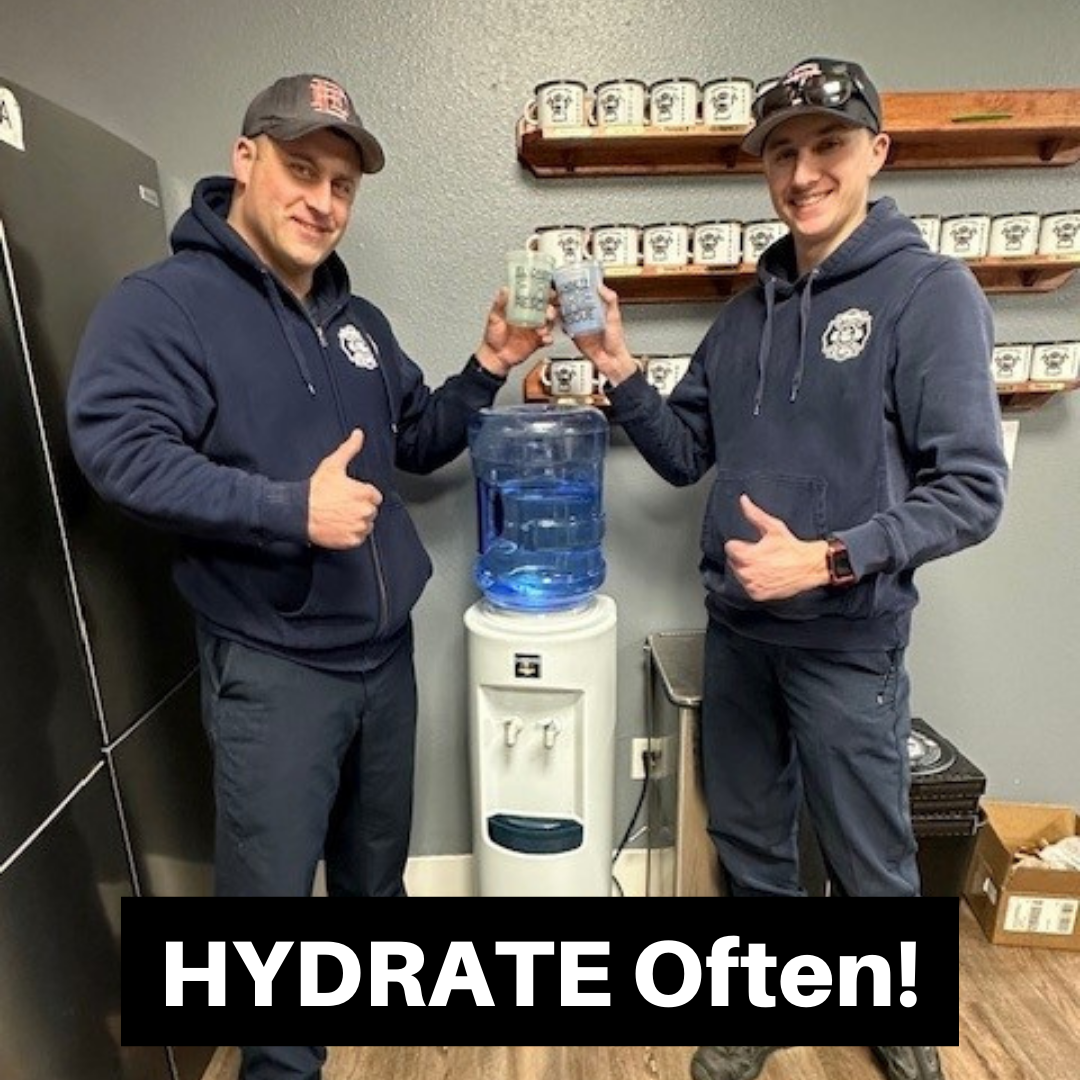
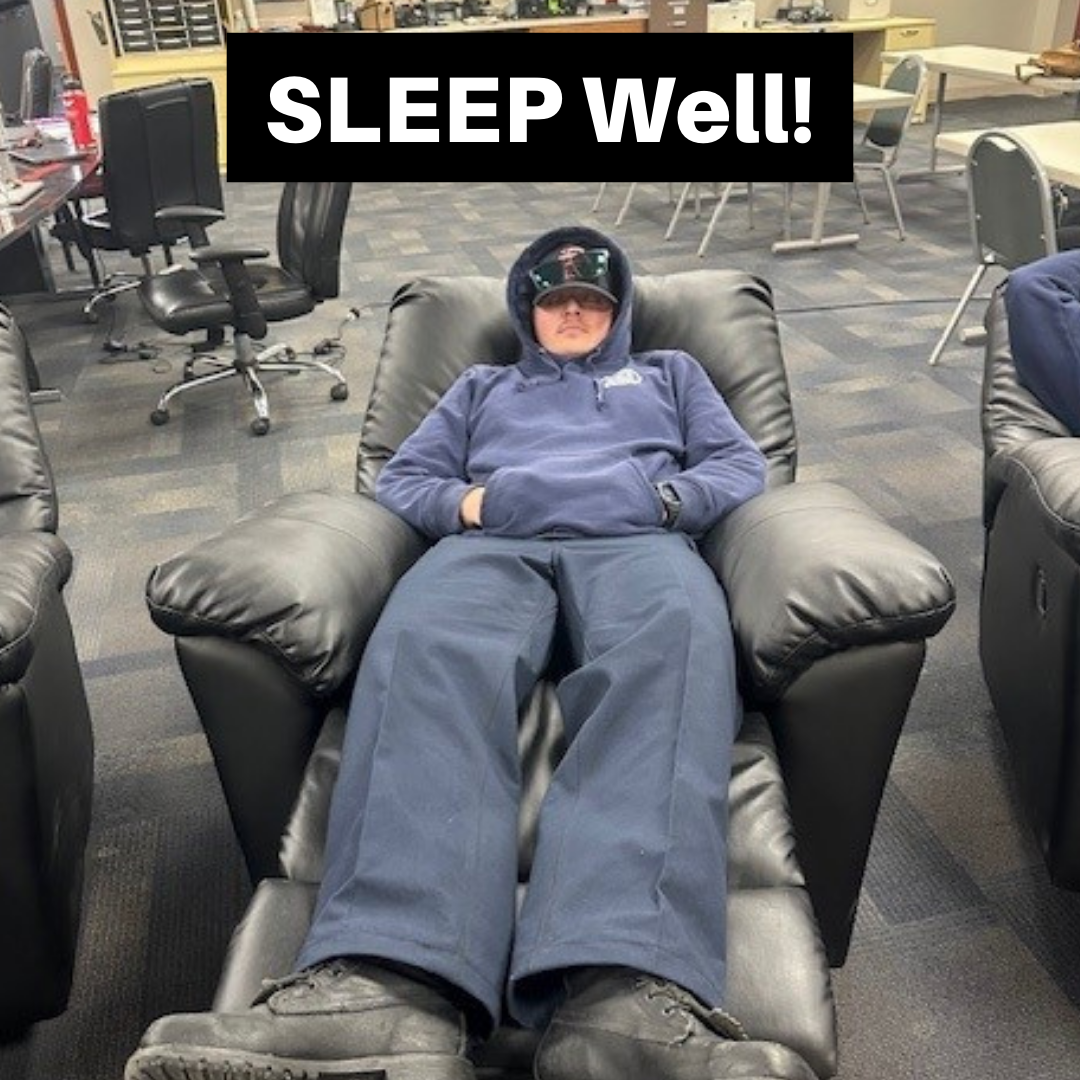
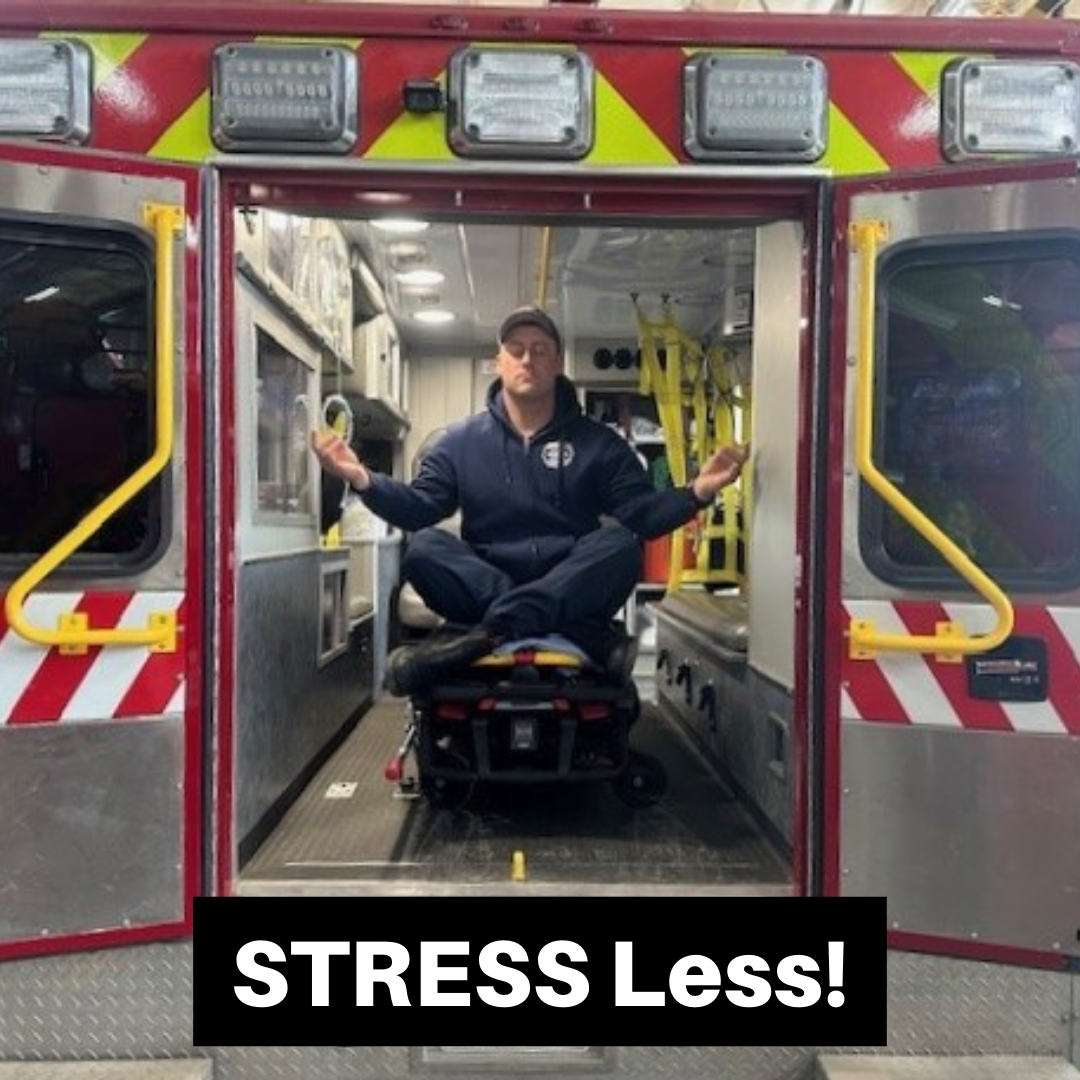
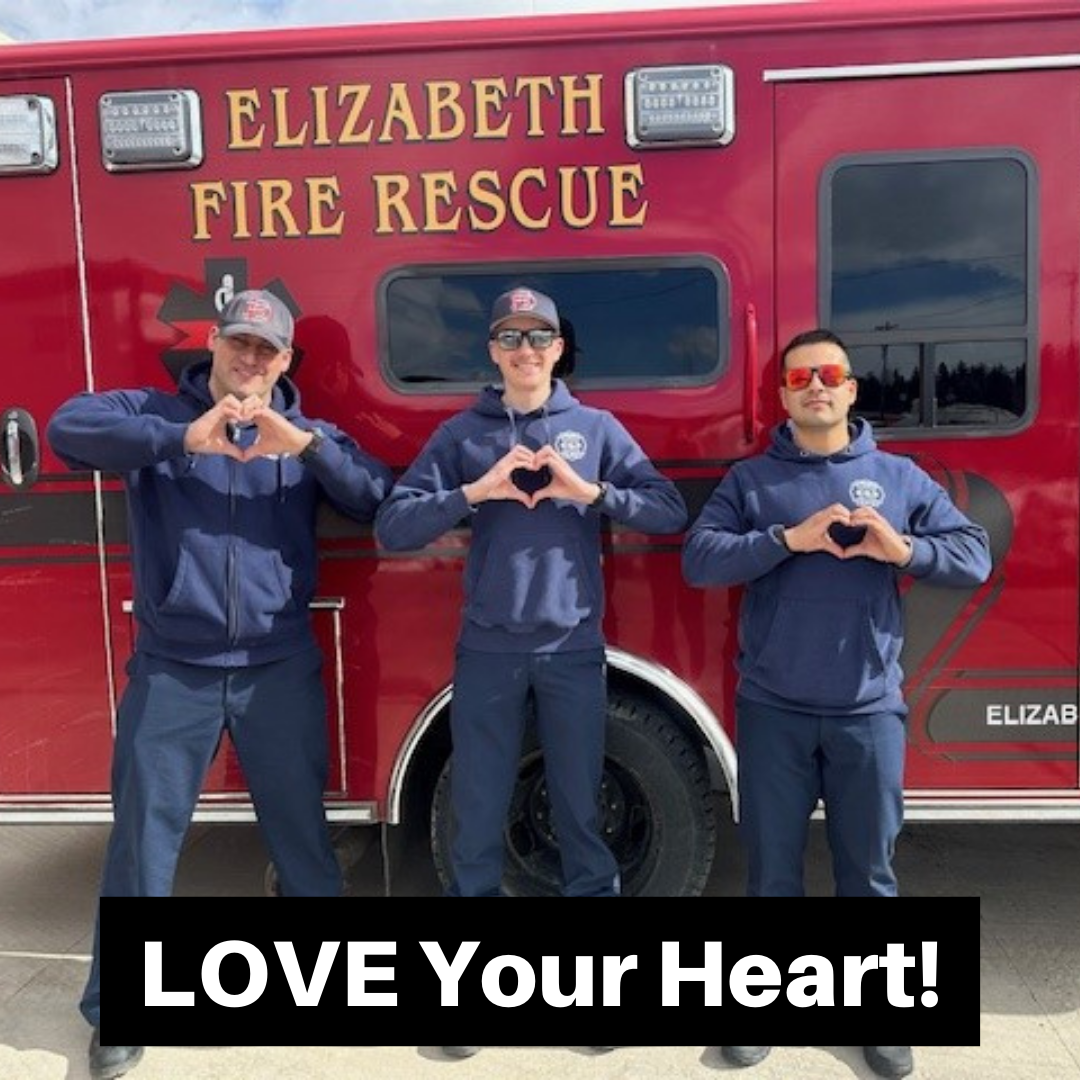
Sometimes It's Good to Push Buttons!
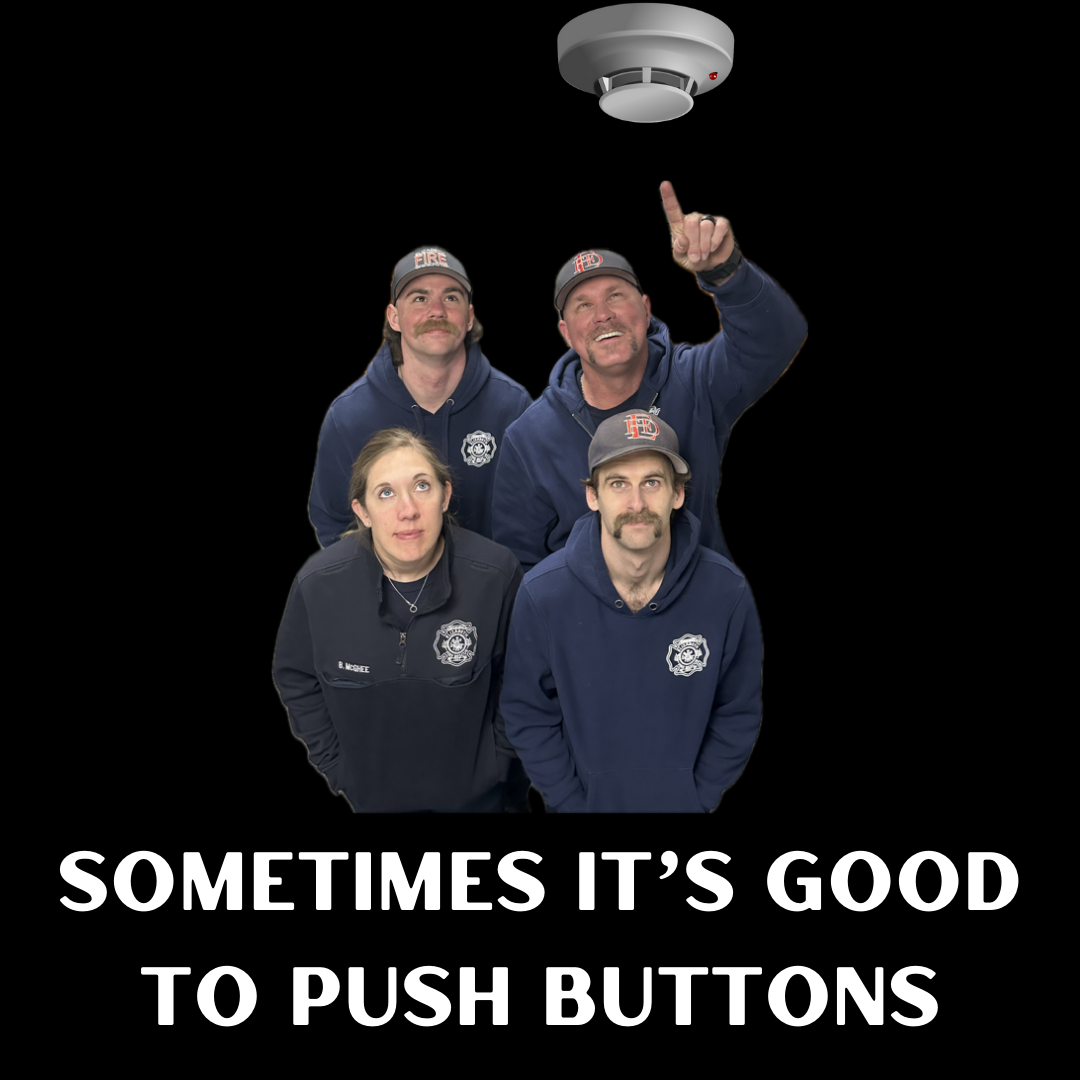
An unchecked DRYER can start a FIRE...
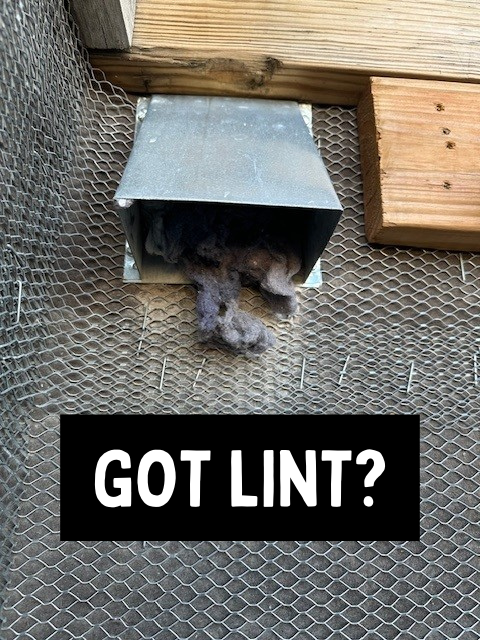
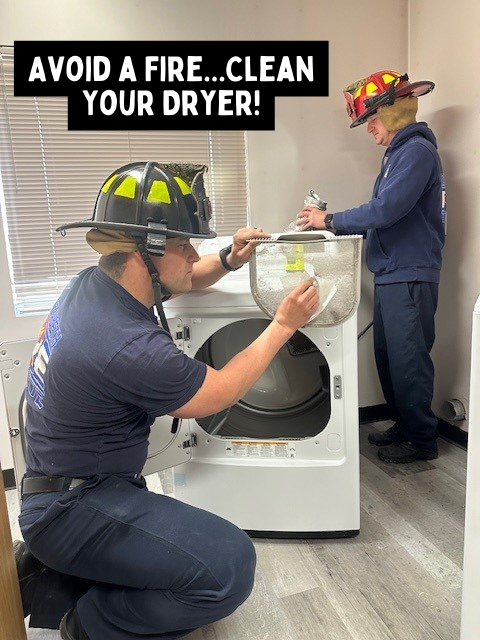
Work as a TEAM to keep it CLEAN!
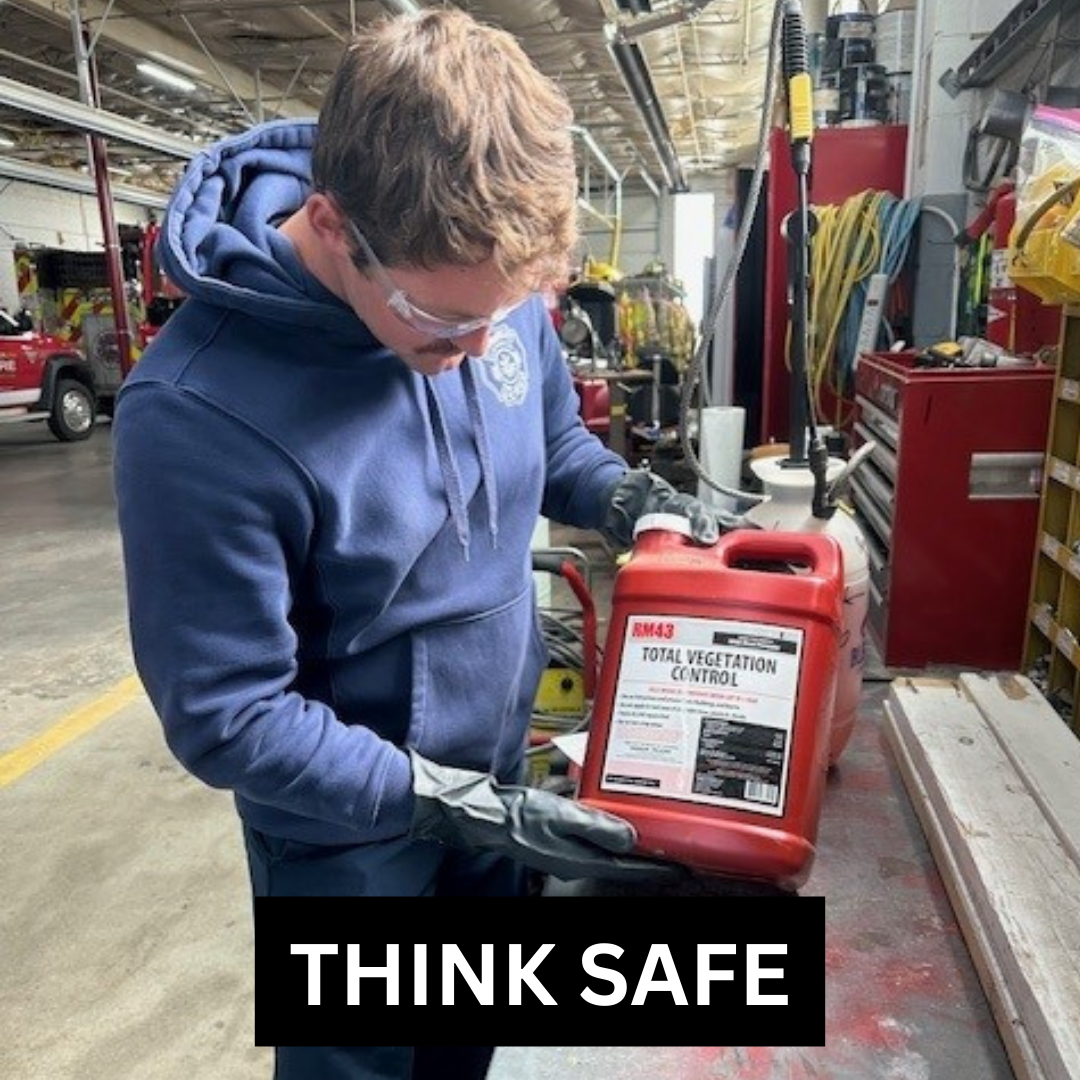
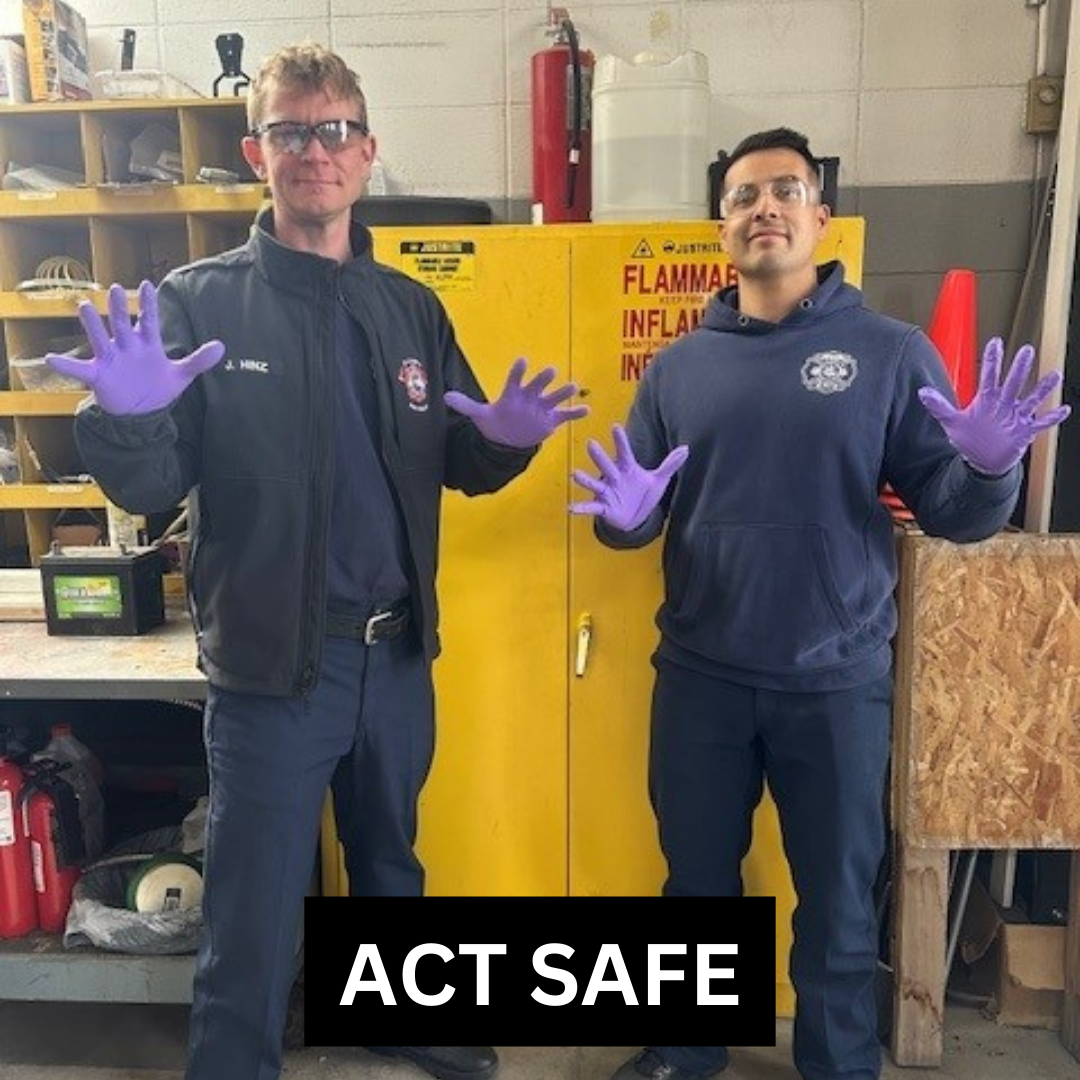
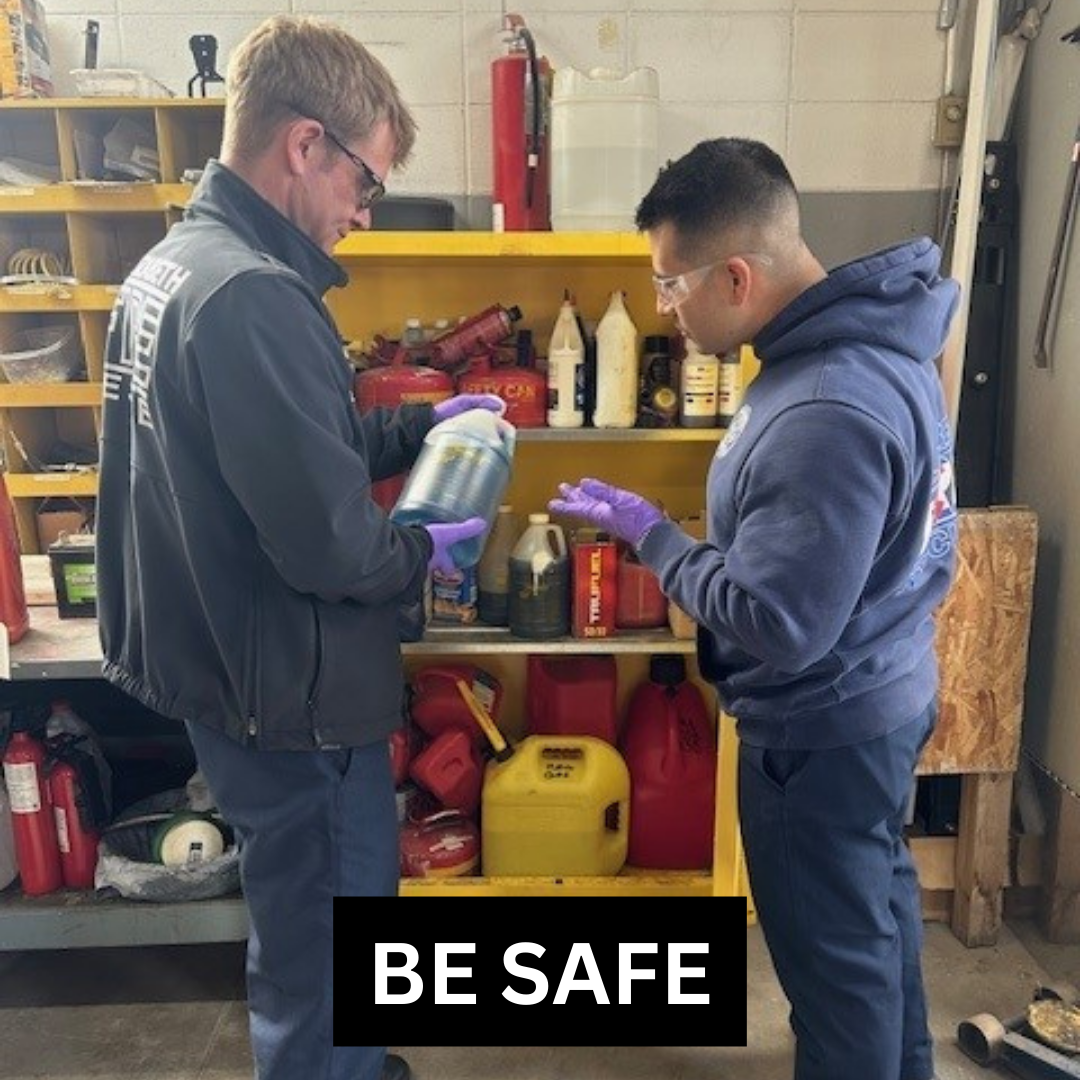
Wildfires won't wait for you to be ready! Protect your home against wildfire today!
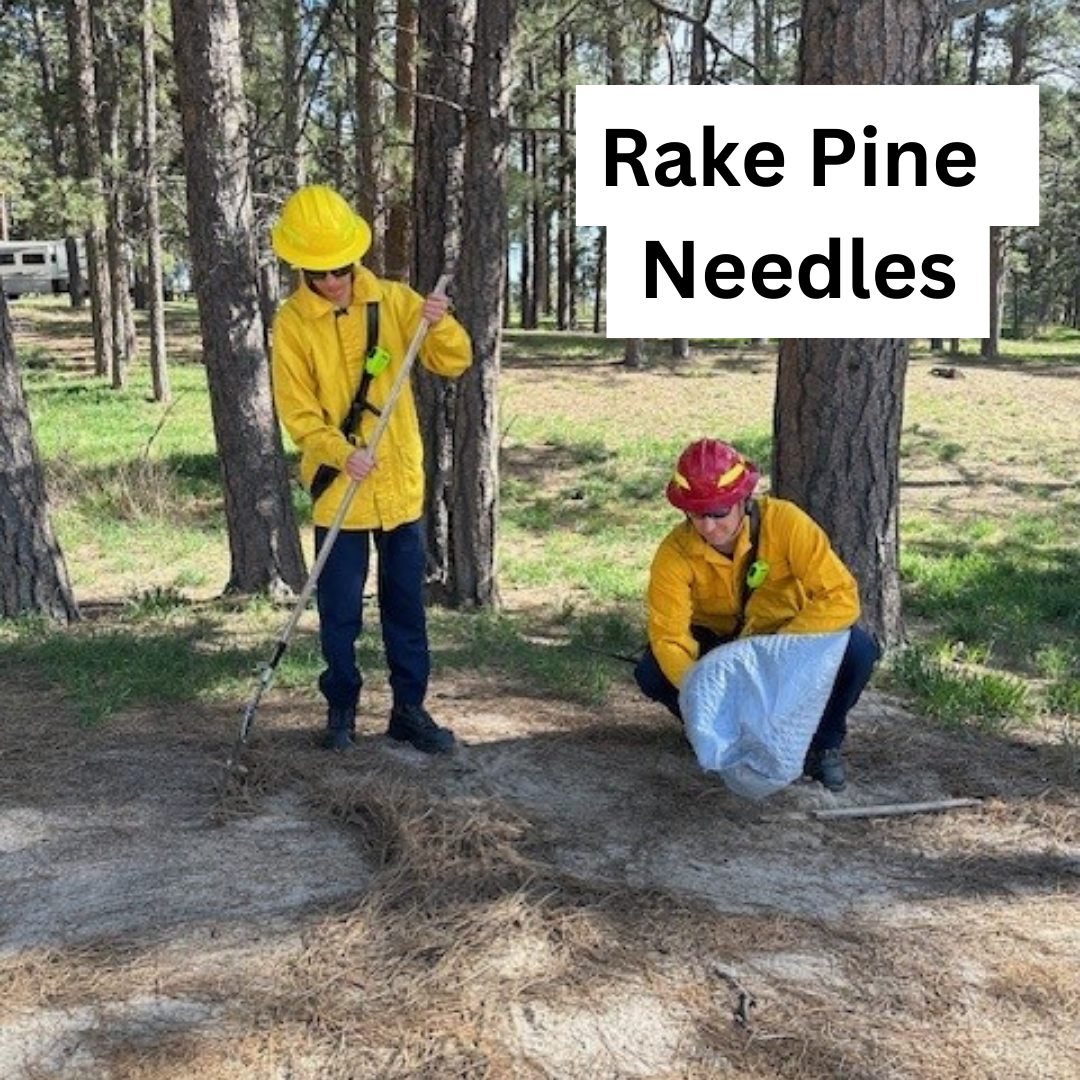
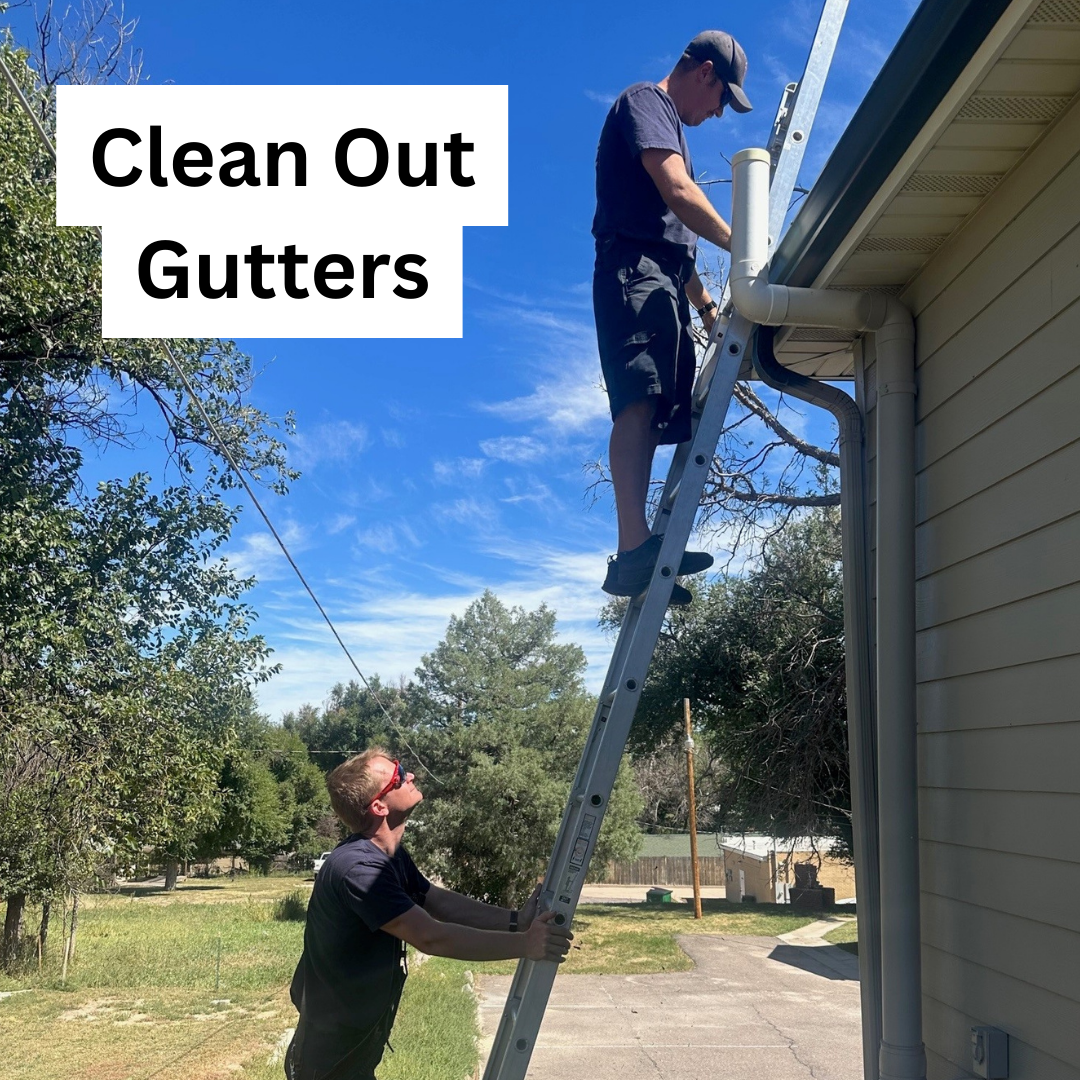

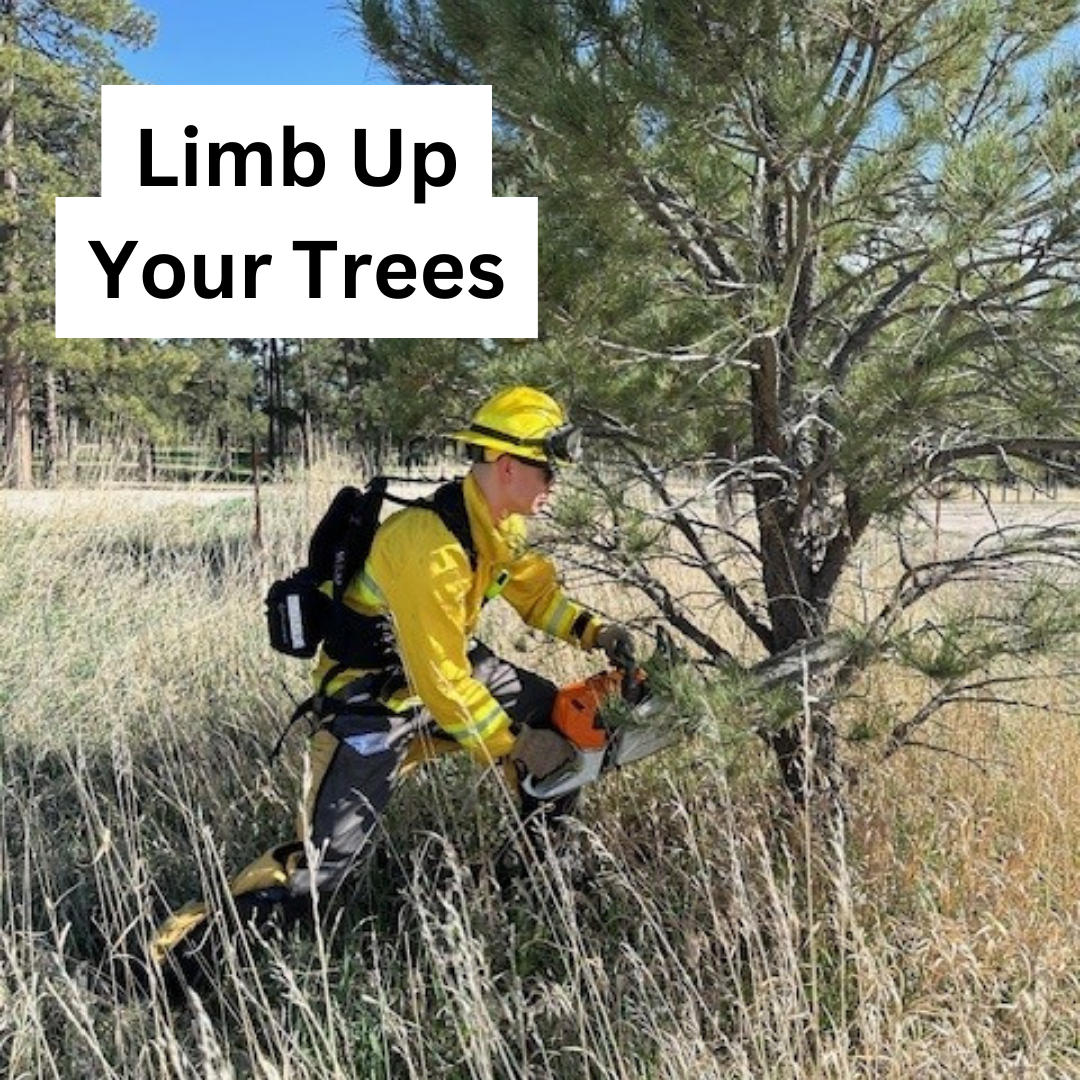
Fire Weather Is Upon Us! Don't Be A Problem Burner!
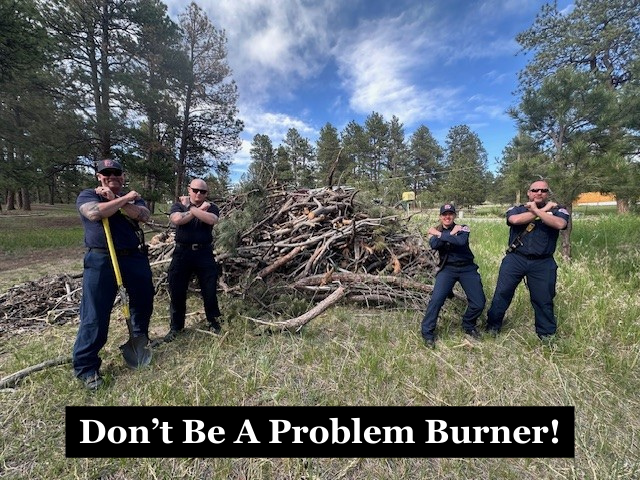

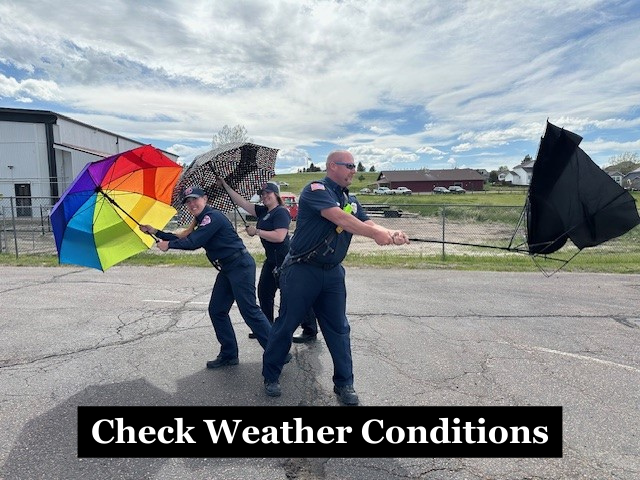
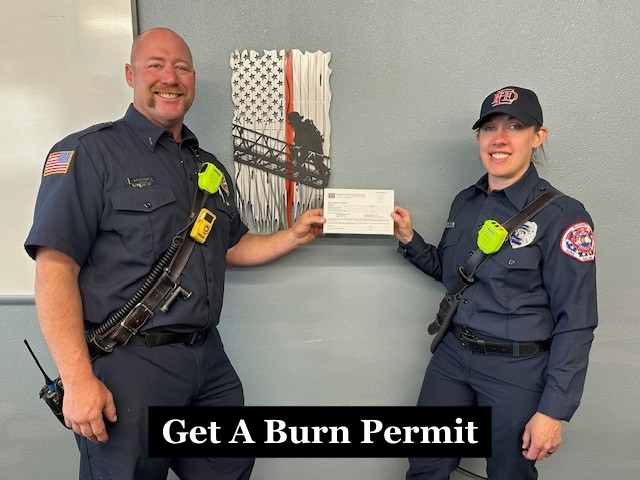
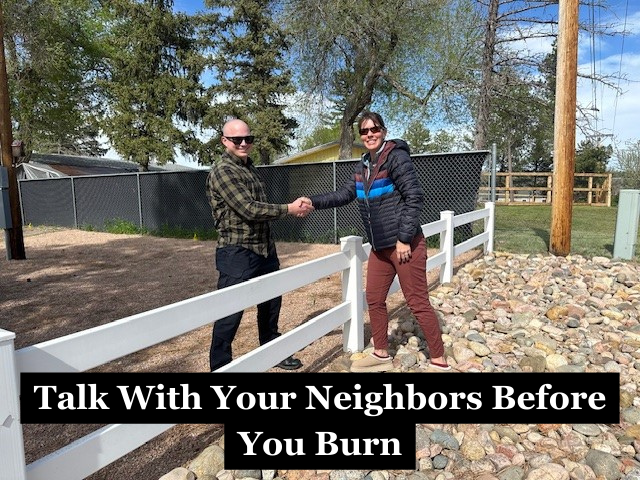
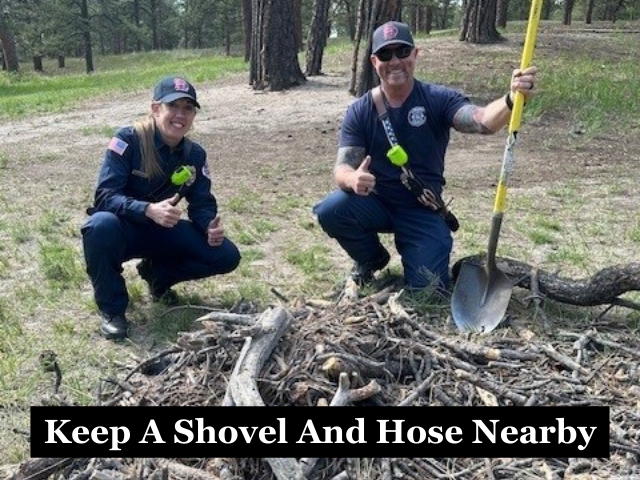
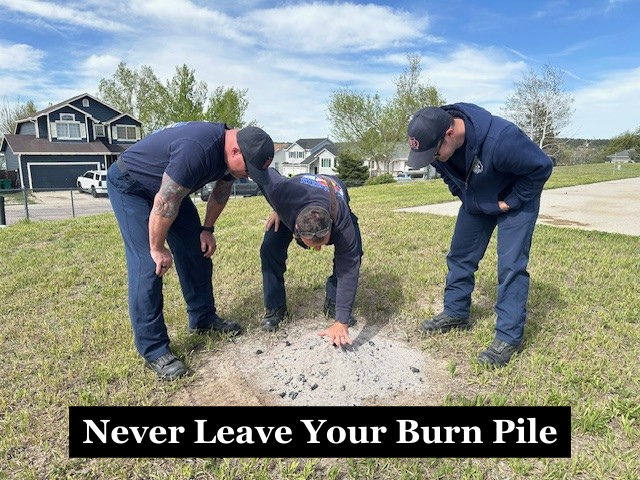
Fire Weather Is Upon Us! Don't Be A Problem Burner!
As we move into the warmer, dryer summer months and fire danger increases, we want to remind everyone to plan ahead before starting a fire. Below are some tips on how to stay safe and burn responsibly:
- Check Local Restrictions: we have burn flyers with additional information on local restrictions available at our administrative office and on our website at the provided link: Open Burning
- Check Weather Conditions: don't burn if it's windy and dry!
- Get a Burn Permit: see the provided link for additional information: Request A Burn Permit
- Talk With Your Neighbors Before You Burn: remember that smoke and fumes can impact the people around you; it's always better to have a conversation first!
- Keep A Shovel And Hose Nearby: make sure it's easy for you to put the fire out quickly if you need to!
- Never Leave Your Burn Pile: always stay with your burn until it is completely extinguished.
When Thunder Roars, Go Indoors!!!
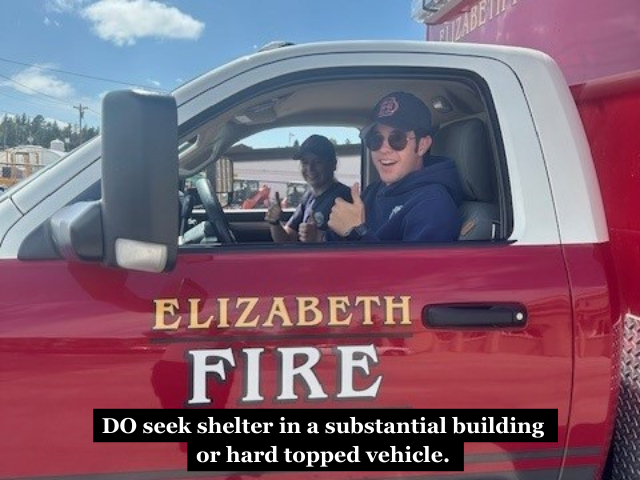
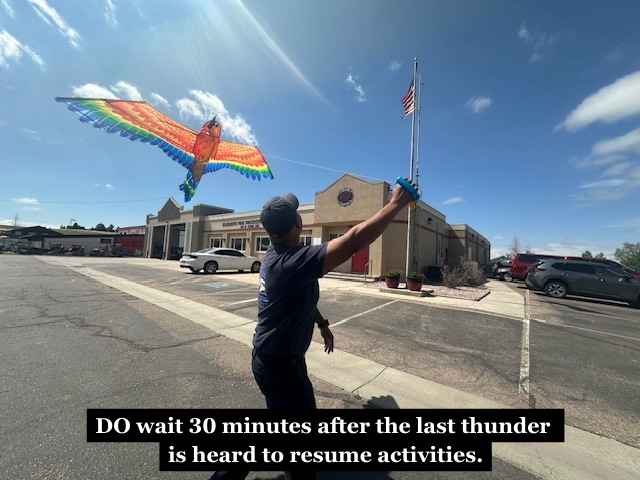
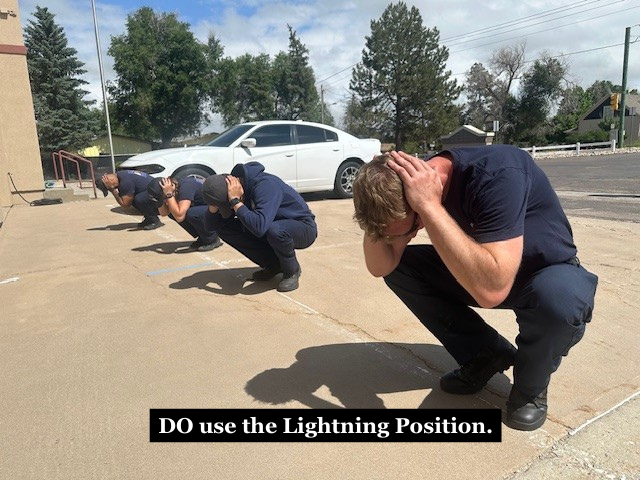
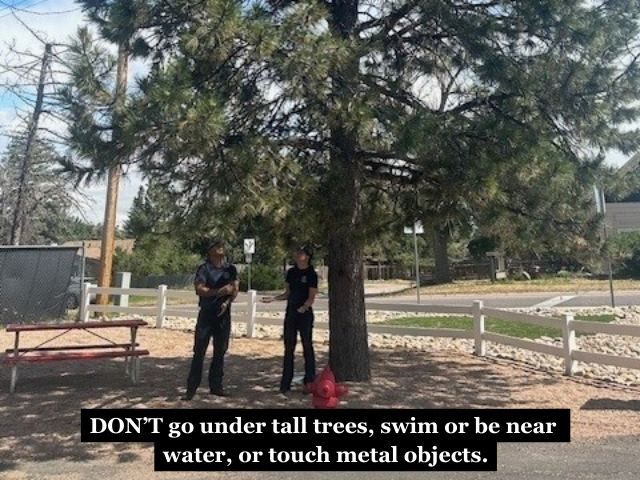
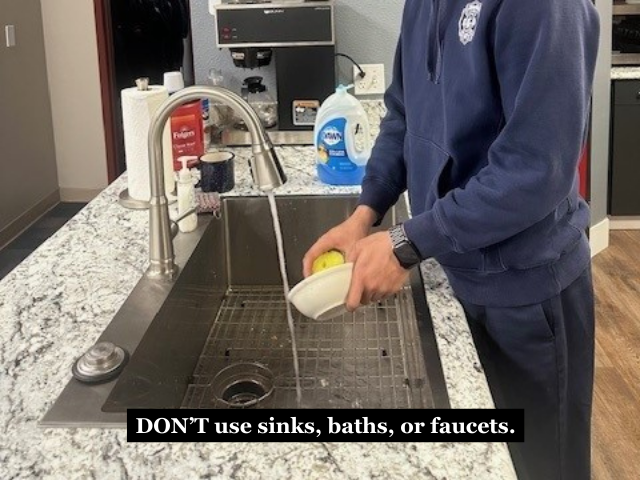
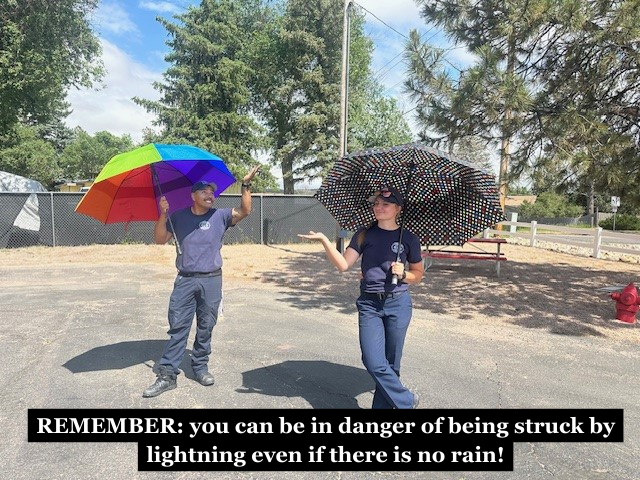
When Thunder Roars, Go Indoors!!!
DO:
- Seek shelter in a substantial building or hard topped vehicle.
- Wait 30 minutes after the last thunder is heard to resume activities.
- Stay away from windows.
- Assume the lightning position if you are caught outdoors. Crouch low like a baseball catcher, don't touch any possible conductors, place your hands over your ears, get on the balls of your feet, and touch your heels together.
DON'T:
- Go under tall trees, swim or be near water, or touch metal objects.
- Use sinks, baths, or faucets.
Remember:
- You can be in danger of being struck by lightning even if there is no rain.
- You can be in danger without any dark cloud over your head. A "Bolt from the Blue" can strike 10-15 miles away from the storm.
- You can be in danger if you can hear thunder.
Lightning Fast Facts:
- More people are struck by lightning on Saturdays than any other day of the week.
- Lightning strikes are 50,000 degrees Fahrenheit, which is hotter than the surface of the sun.
- More than 1,000 Americans are struck by lightning annually.
- One third of lightning injuries occur indoors.
- Colorado is usually one of the top 5 states with the most lightning strikes every year.
Fourth of July: Keep it LEGAL, Keep it SAFE!
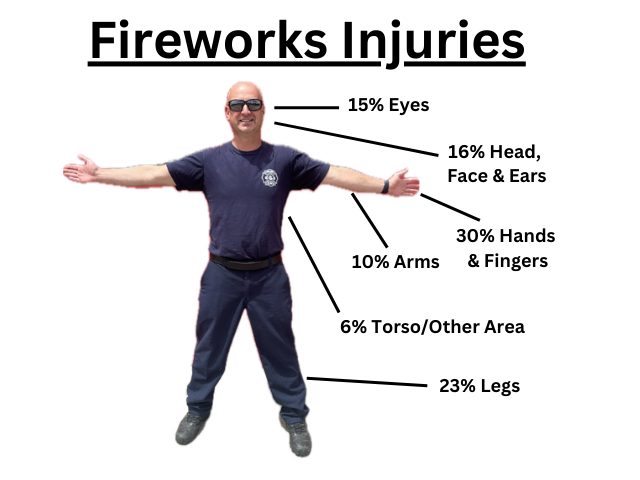
Fourth of July: Keep it LEGAL, Keep it SAFE!
Fourth of July Safety Tips:
- Watch a professional fireworks display.
- Keep your pets indoors.
- Check your local burn restrictions to see if fireworks are permitted in your area.
- Sparklers are considered fireworks. Give kids glow sticks instead.
Fireworks cause approximately 17,000 fires every year, and 65% of all fireworks injuries happen to bystanders. Don't spark a wildfire this Fourth of July!
For locations within the State of Colorado to watch professional fireworks displays, view the link below:
Back to School: Be SAFE, Be SMART!
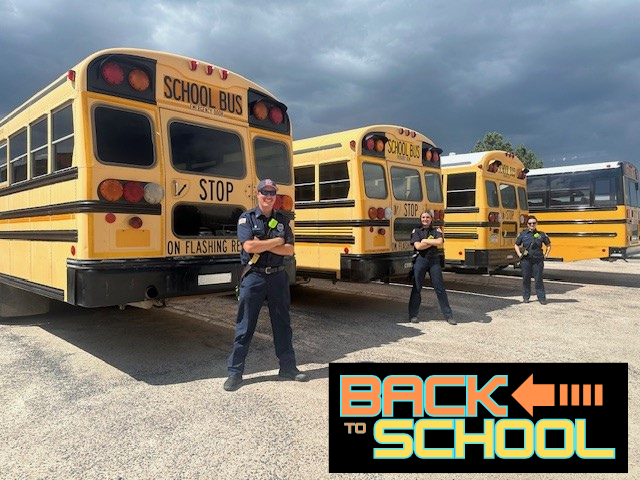
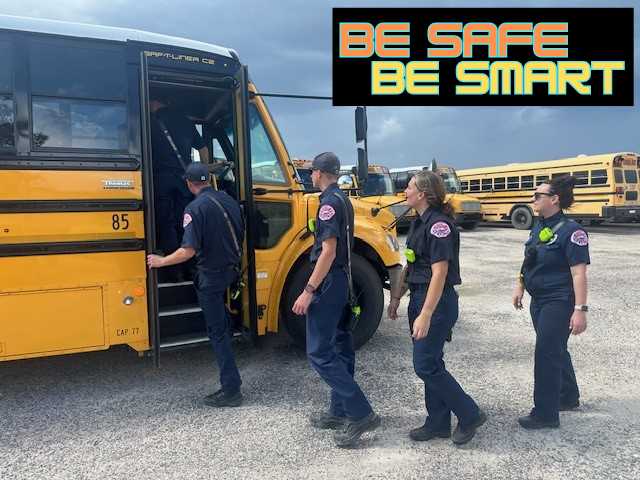
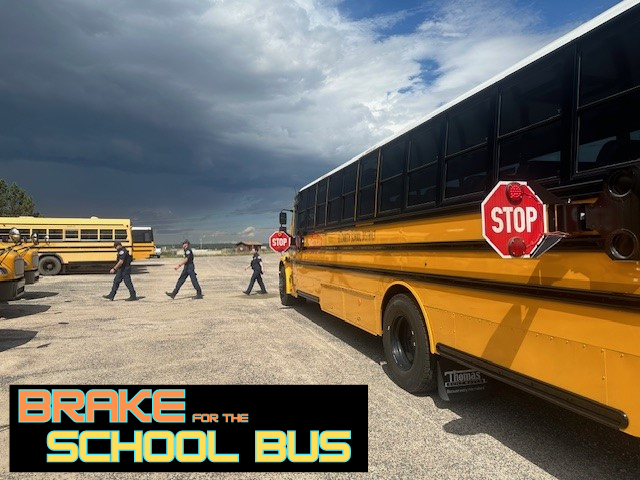
Not Every Hero Wears a Cape! Fire Won't Wait, Plan Your Escape!
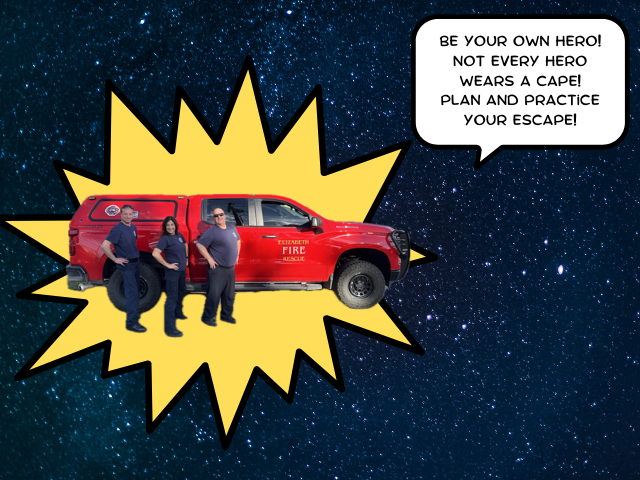
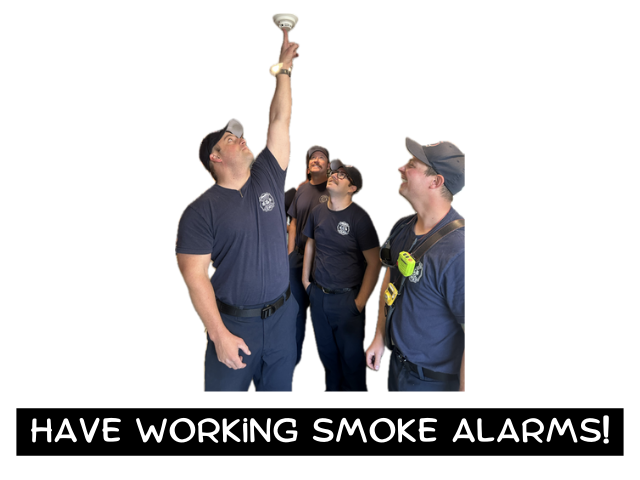
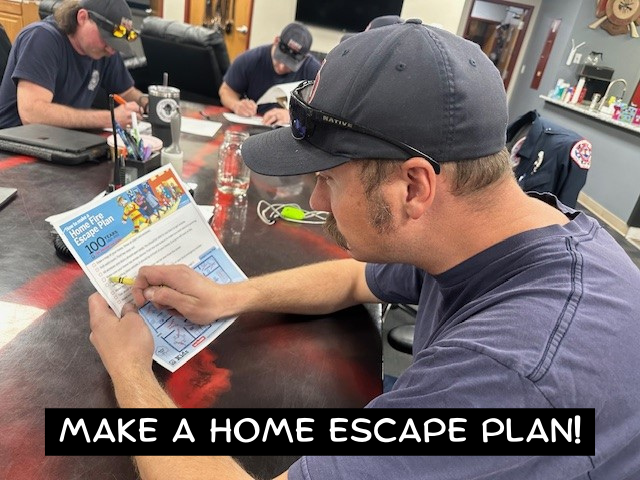
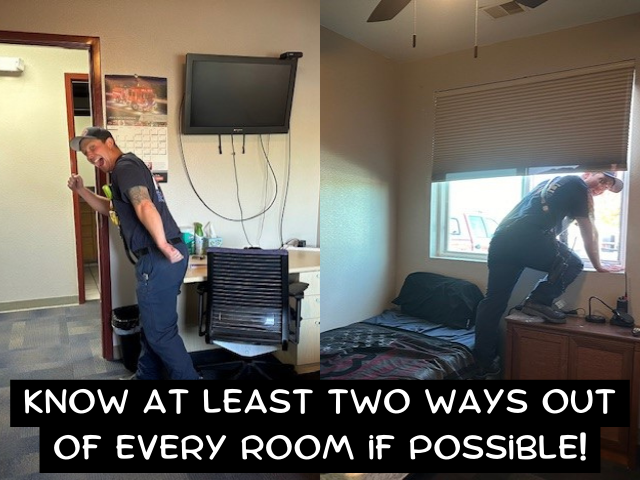
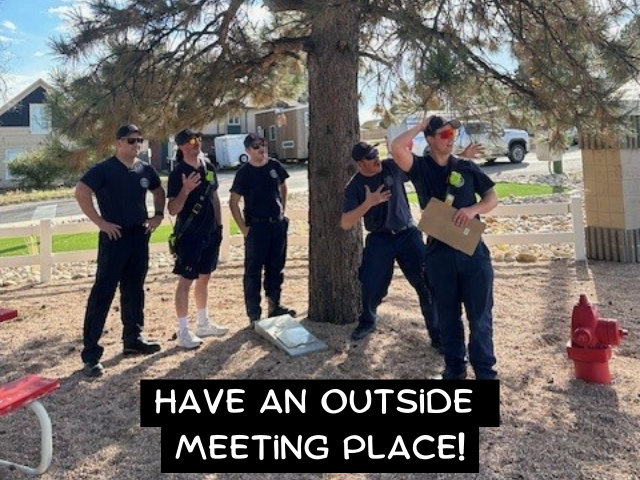
Not Every Hero Wears a Cape! Fire Won't Wait, Plan Your Escape!
See below for some ideas on how to be ready in case of a fire in your home:
- HAVE working smoke alarms.
- MAKE a home escape plan. Draw a map of your home showing all doors and windows. Discuss the plan with everyone in your home.
- KNOW at least TWO ways out of every room if possible. Make sure all doors and windows leading outside open easily.
- HAVE an outside meeting place (like a tree) a safe distance from the home where everyone should meet.
- PRACTICE your home fire drill.
Remember: Fire is FAST!! It only takes minutes for the thick, black smoke to fill your home. Take precautions and make a plan now in order to be prepared in case of an emergency.
Gobble Up Safety This Thanksgiving!





- Know where your fire extinguishers are located.
- Keep a pan lid or cookie sheet nearby to cover the pan if it catches fire.
- Keep flammable objects (oven mitts, food packaging, utensils, towels, or curtains) away from your stove top.
- Turn pan handles towards the back of the stove.
- Don't wear loose clothing. Push up your long sleeves and put long hair up.
- Know how to help someone who is choking.
- Remember to turn off cooking equipment when it's not in use.
Thanksgiving is the peak day for home cooking fires, with more than 3 times the daily average for such incidents. When in doubt, get out, then call 911. Close the door behind you to help contain the fire. Remember, working smoke alarms save lives! Never disconnect the smoke alarms in your home, even when cooking.
